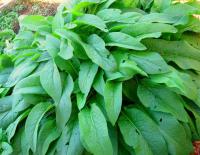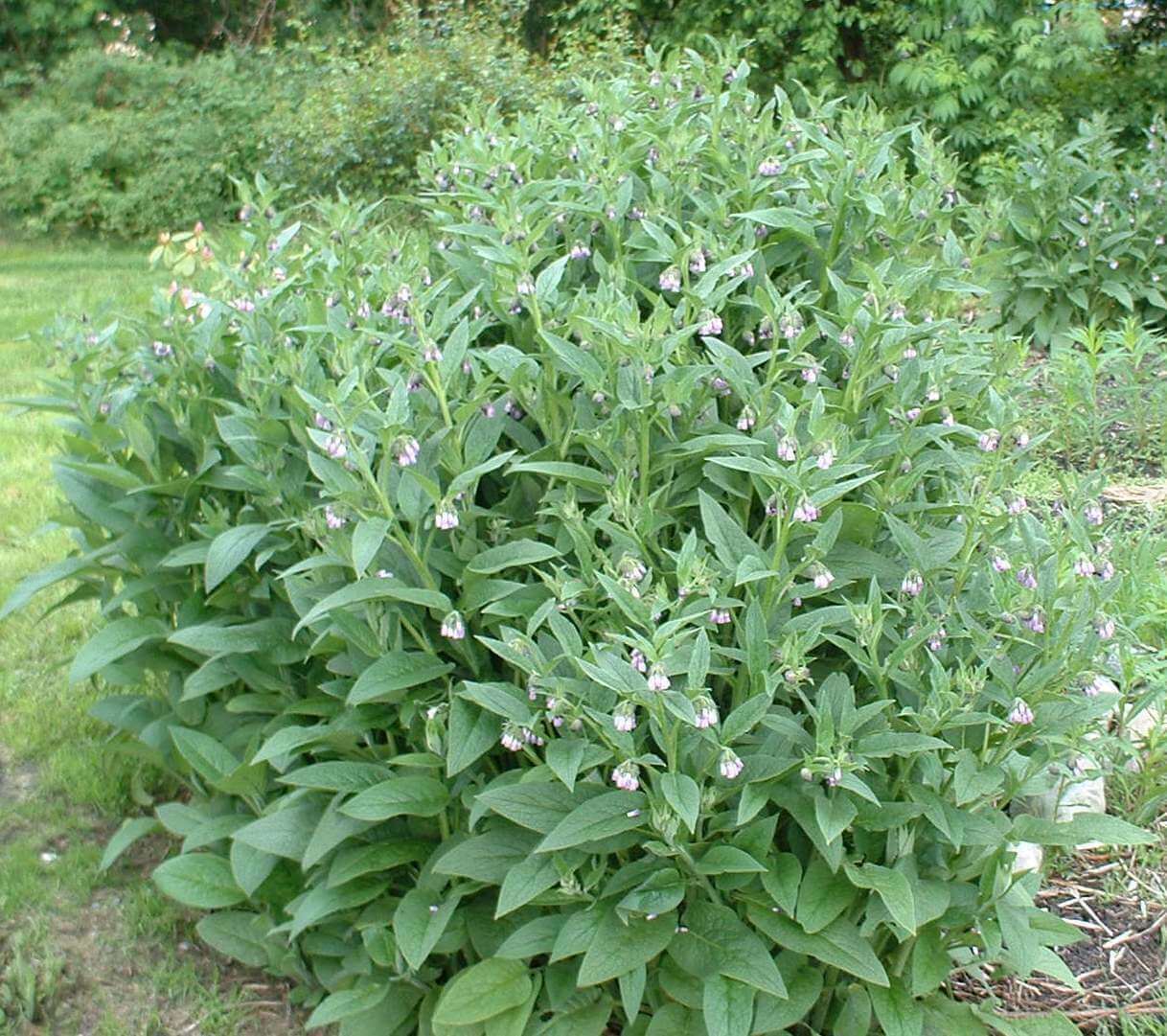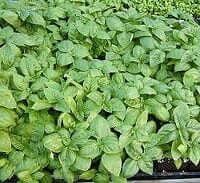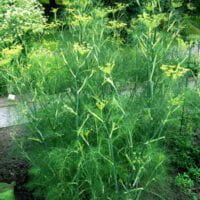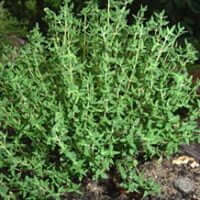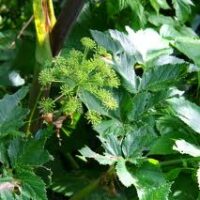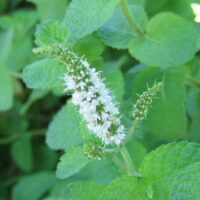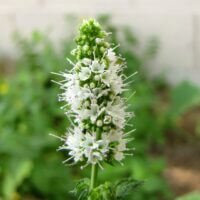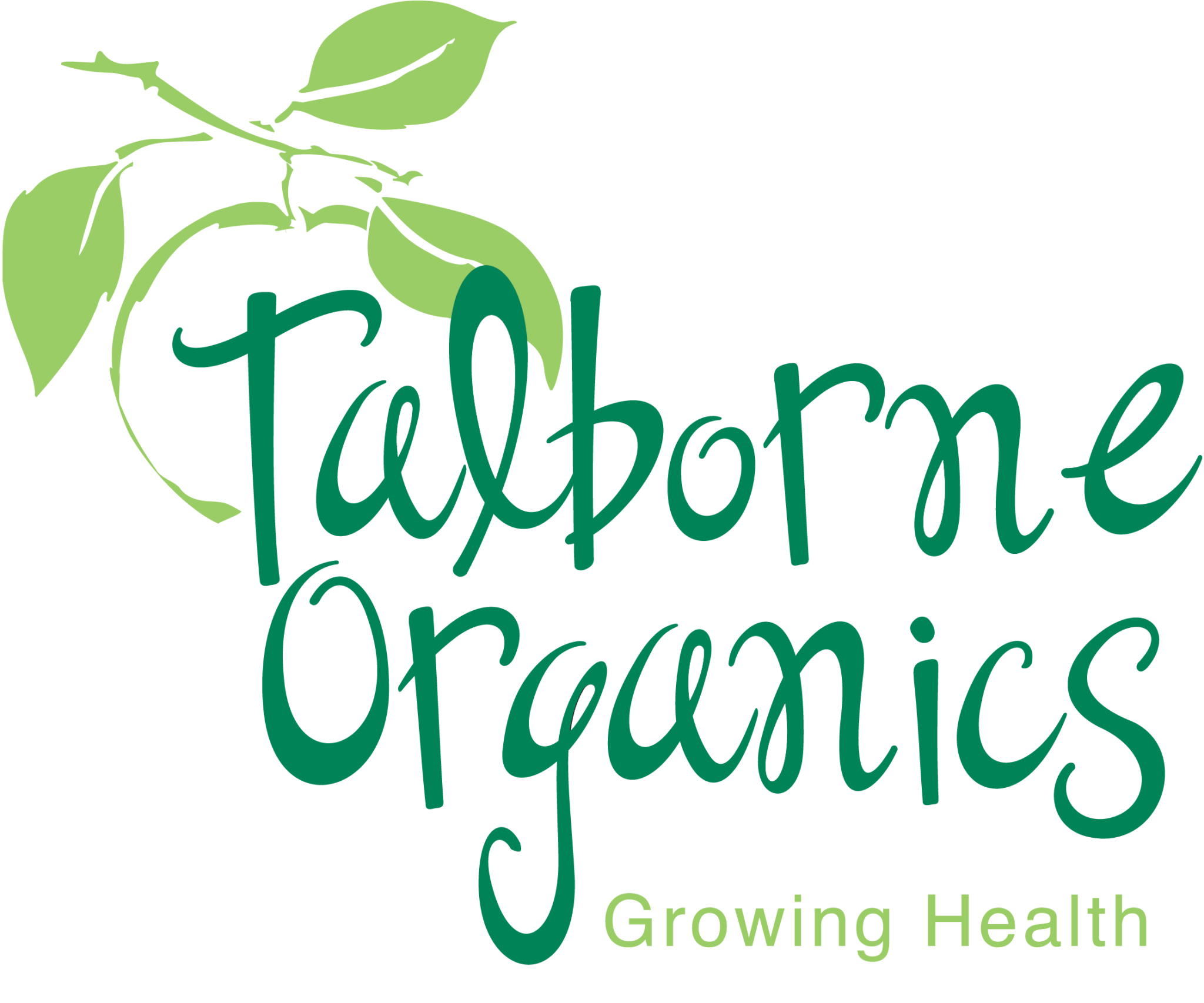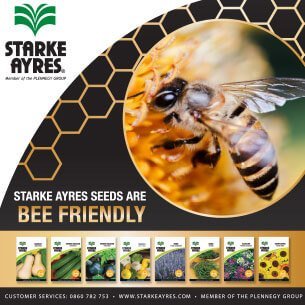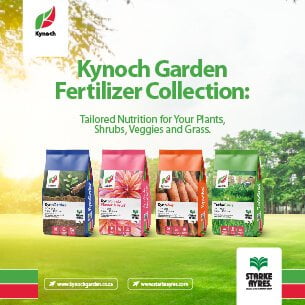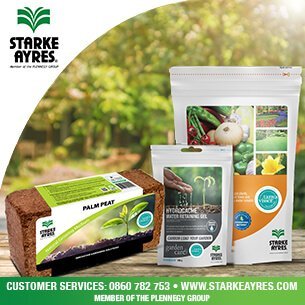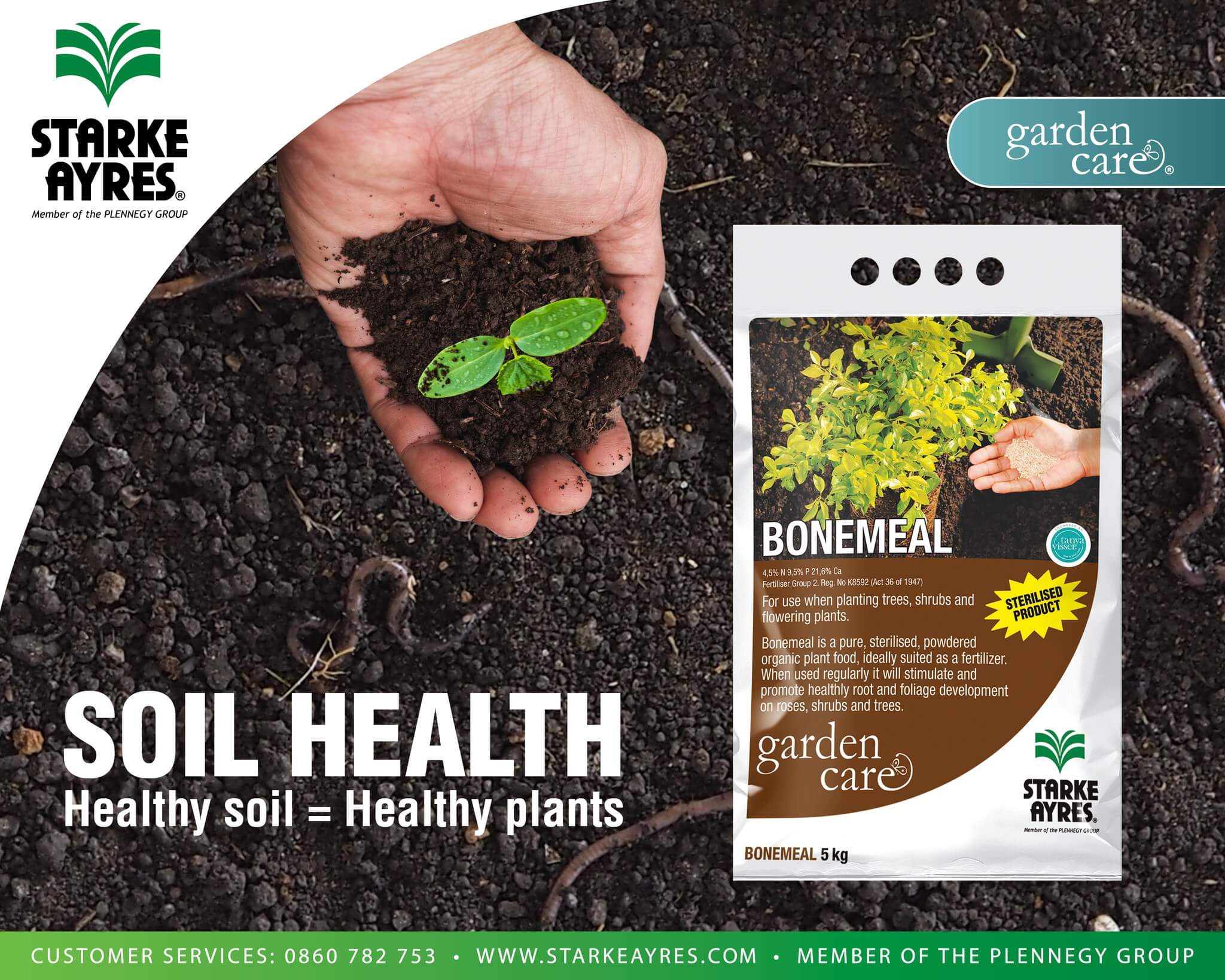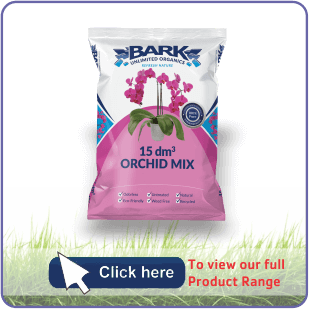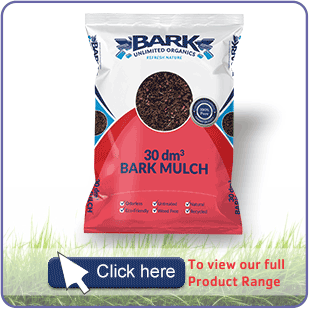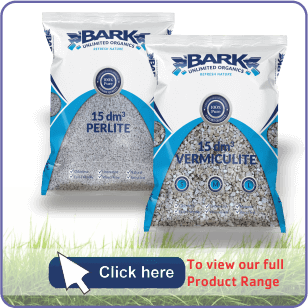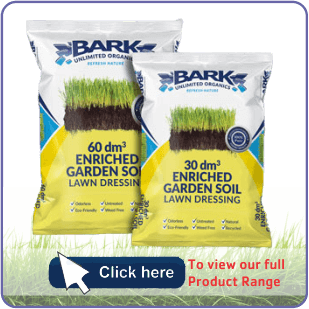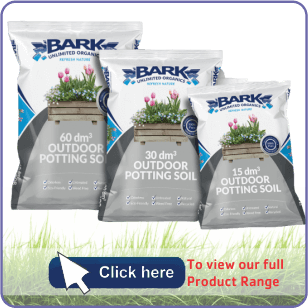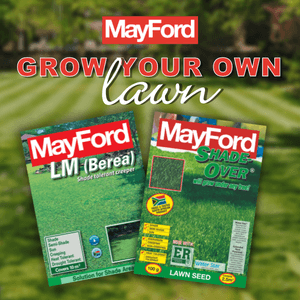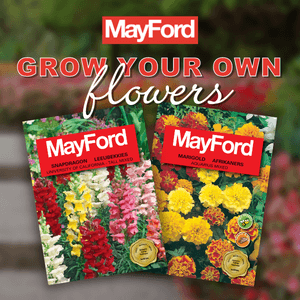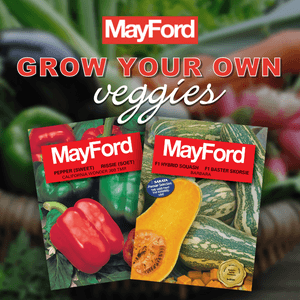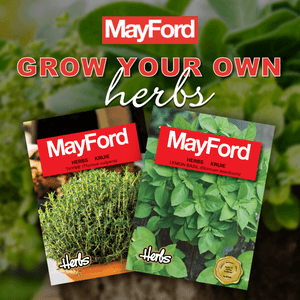| Botanical name | Symphytum officinale |
|---|---|
| Plant Care |  Deciduous Deciduous – Sheds Its Leaves Annually  Full Sun Full Sun – Prefers 6 or more hours of sun per day.  Half Sun Half Sun – Prefers 3 To 6 Hours of Sunlight a Day.  Semi Frost Hardy Semi Frost Hardy – Is Able to Survive Moderately Low Temperatures.  Moderate Watering Moderate Watering – Requires Regular Watering.  Pruning Required Pruning Required – Needs to be Pruned.  Non Indigenous Non Indigenous – Exotic to South Africa. |
| Size | |
| Categories | |
| Flowers | The plant bears bell-shaped, purple, pale yellow or white flowers. |
| Common name(s) | Comfrey |
| Origin | |
| Foliage | A perennial member of the borage family, with large, hairy leaves. |
| Planting instructions | Plant Comfrey on its own, as it spreads easily and can become invasive. |
| Maintenance | Needs pruning. |
| Soil conditions | Moist, average soil. |
| Uses | It can be grown as an ornamental plant, or used for medicinal purposes, as a tea or even as a vegetable (cut the young leaves and prepare like spinach). |
| Interesting planting ideas | Plant comfrey near vegetable garden, it acts as a natural soil tonic and most plants will benefit from it. Keep an eye out for excessive growth, as it can become invasive. |
| Interesting info | Comfrey is also known as knit-bone, a reference to its capacity to aid in the healing of bones. It also multiple other medicinal uses. |
| Propagation | Propagate by root or crown division. |
| Possible problems | Grow Comfrey on its own, as it spreads easily and can become invasive. |
| Harvest | Harvest new leaves when they are required. |
Symphytum officinale (Comfrey)
- Botanical name: Symphytum officinale
- Common name(s): Comfrey
- Categories: Herbs
Plant description:
A perennial member of the borage family, with large, hairy leaves and bell-shaped, purple, pale yellow or white flowers.
Family: Boraginaceae
Botanical Pronunciation: sim-FY-tum oh-fiss-ih-NAH-lee
Symphytum officinale requirements and features
info on these icons
Moderate Maintenance
Requires moderate maintenance.
Prohibited Use Notice: No Data Scraping Allowed Except for Search Engine Indexing:
The content provided on PlantInfo.co.za is intended for personal, non-commercial use only. Unauthorized extraction, reproduction, or use of the data, including scraping, for any purpose other than search engine indexing is strictly prohibited. Violations of these terms may result in legal action. By accessing and using this website, you agree to comply with these conditions and acknowledge the legal restrictions on the use of our content.
The plant bears bell-shaped, purple, pale yellow or white flowers.
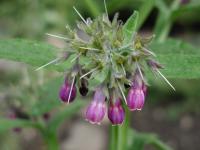
A perennial member of the borage family, with large, hairy leaves.
